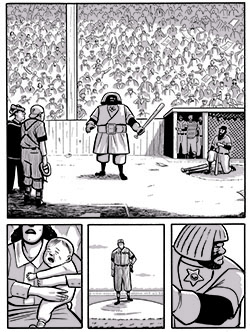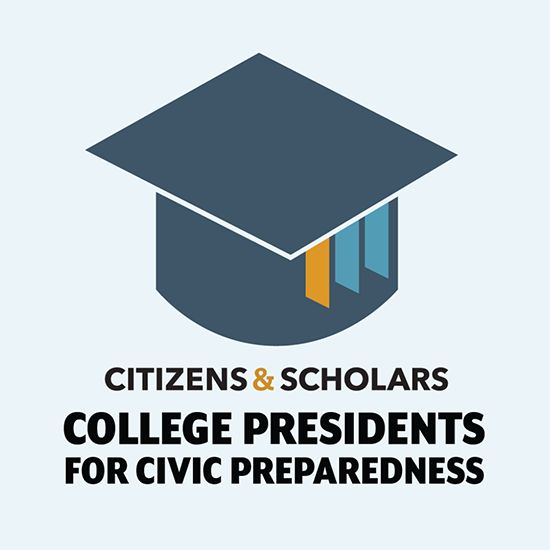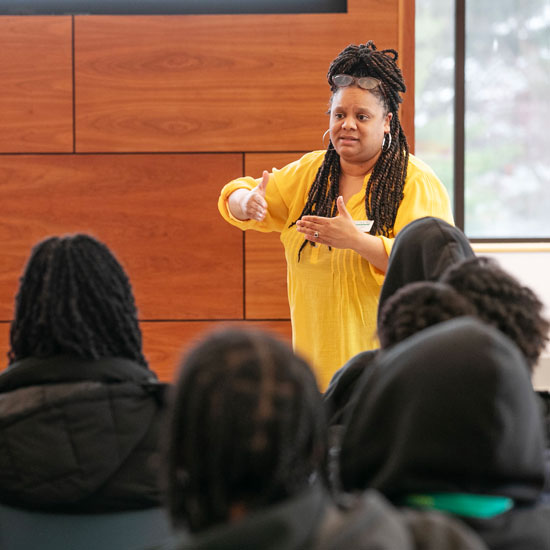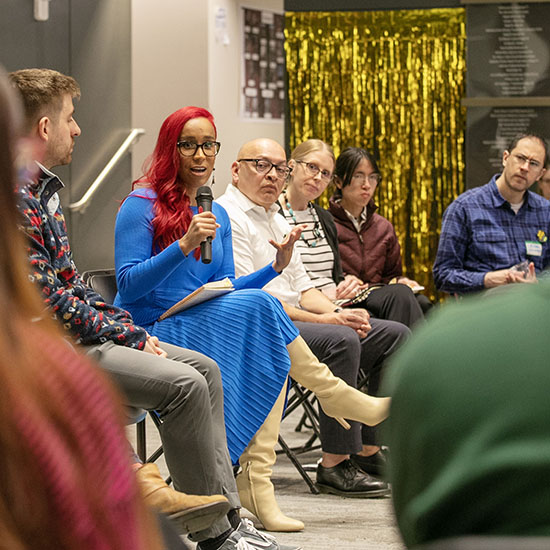Tang show and Perlow Lecture explore Jewish identity
Contemporary graphic novels exploring Jewish identity are the focus of both an exhibition at Skidmore College’s Tang Museum and this year’s annual Perlow Lecture at the college.
The exhibition, Graphic Jews: Negotiating Identity in Sequential Art, opens at the Tang Jan. 25 and will run through April 13. The museum is collaborating with Skidmore’s Office of the Dean of Special Programs on a complementary panel discussion with the artists, as this year’s offering from the venerable Jacob Perlow Lecture Series, on Thursday, Feb. 6. The panel will be moderated by Gregory Spinner, visiting assistant professor of religion at Skidmore, and by Dr. Gene Kannenberg Jr., historian and director of ComicsResearch.org and author of 500 Essential Graphic Novels. The panel at 7:30 p.m. in the Tang’s Payne Room and a pre-event reception at 7 p.m. are free and open to the public.
The Graphic Jews exhibition presents a selection of graphic novels written and drawn by contemporary Jewish artists as a means of depicting Jewish life. Drawing on the long history of Jews and comics, these works combine words and pictures into what Will Eisner, one of the masters of the form, called “sequential art.” This exhibition invites a closer look at sequential art and offers insight into some of the many ways Jews have figured and reconfigured their Jewish identities through historical fiction and personal narrative.

From The Golem's Mighty Swing
by James Sturm
On display will be original art and finished graphic novels from four noted artists. From Ben Katchor, a cartoonist and contributor to the New Yorker and Metropolis, there is The Jew of New York (Pantheon Books, 1998), a wry and winding tale of assumed and mistaken identities in early 19th-century New York.
James Sturm, co-founder of the Center for Cartoon Studies in Vermont and author of several critically acclaimed graphic novels, offers The Golem’s Mighty Swing (Drawn and Quarterly, 2001), which follows the “Stars of David” traveling Jewish baseball team in their effort to draw larger audiences to their games by having a member of the team don the costume of the fearsome mythical Golem. Also featured will be Sturm’s Market Day, a look into the life of Jewish rug-maker struggling to provide for his family in 19th-century Europe.
The show also includes the work of cartoonist, illustrator, and dancer Leela Corman, whose featured piece is Unterzakhn (Schocken Books, 2012)—“underthings” in Yiddish—a story of early 20th-century immigrant life in New York City’s lower East Side that follows the divergent paths of two sisters. And from Vanessa Davis, whose autobiographical strips have appeared in Tablet, the New York Times, and Kramer’s Ergot, is a selection of vignettes from Make Me a Woman (Drawn and Quarterly, 2010), slices of contemporary Jewish life told with an honest and incisive humor.
While the graphic novels deal with serious subject matter, show curator Spinner says that “there’s humor in all these stories,” noting that for Jews—particularly in America—humor for has been “a mode of self-defense but also a coping mechanism.”
Three of the artists—Katchor, Sturm, and Corman—will take part in the Feb. 6 panel discussion. “We’re going to talk about why they work in this medium,” said Spinner, “but also about why these Jewish artists are choosing to tell these stories, talking about a kind of Jewish identity and the ways in which identity is complicated by race and ethnicity and gender and class.”
“The history of comics is very much a history of Jewish involvement,” said Spinner, who outlines an evolution from the emergence of comics in early 20th-century newspapers, to the first stapled comic books in the 1930s, to the focus on more serious topics and issues of Jewish identity beginning in the 1970s and epitomized by works such as Will Eisner’s A Contract with God (1978) and Art Spiegelman’s Maus (1991). This history will be described in a video created for the exhibition and available for Tang visitors to view in the gallery.
Graphic Jews is co-curated by Spinner and Rachel Seligman, assistant director for curatorial affairs at the Tang Museum.
The public is invited the following events at the Tang:
-Thursday, Feb. 6, 7:30 p.m.: Graphic Jews: Negotiating Identity In Sequential Art panel discussion, Payne Room, with a pre-event reception at 7 p.m.; sponsored by the Jacob Perlow Lecture Fund and presented in collaboration with the Office of the Dean of Special Programs, Skidmore College
-Wednesday, Feb. 12, noon: curators’ tour of Graphic Jews
-Saturday, Feb. 15, 6–7:30 p.m.: Opening reception for winter/spring exhibitions


